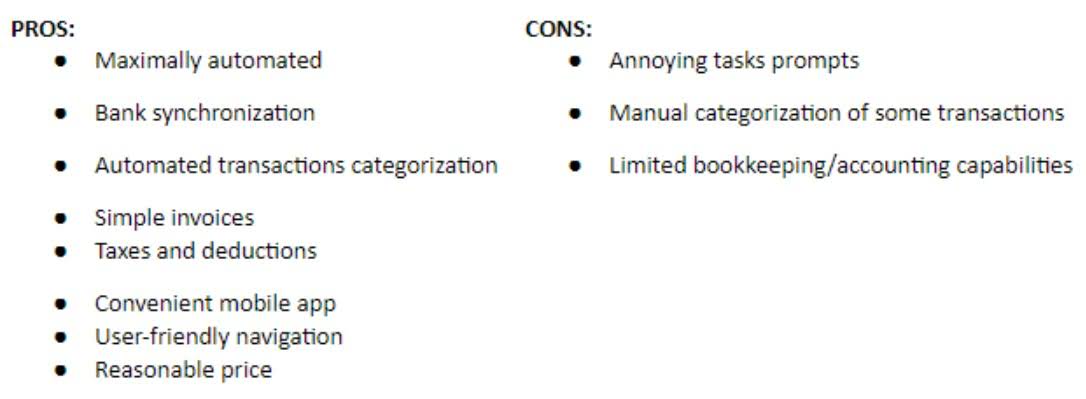
In the last 10 years, she has worked with clients all over the country and now sees her diagnosis as an opportunity that opened doors to a fulfilling life. Kristin is also the creator of Accounting In Focus, a website for students taking accounting courses. Since 2014, she has helped over one million students succeed in their accounting classes. Sales are calculated, which is a total sale in kgs, i.e., multiplied by per kg cost, i.e., $30. These features and benefits will set your company apart from the competition. My Accounting Course is a world-class educational resource developed by experts to simplify accounting, finance, & investment analysis topics, so students and professionals can learn and propel their careers.
How do you calculate the contribution margin ratio?
To work out the contribution margin, you need to understand the difference between an item’s fixed and variable expenses. A traditional income statement is prepared under a traditional absorption costing (full costing) system and is used by both external parties and internal management. Whole Universe, a wholesale distributor of electronic products, has been experiencing losses for the last two fiscal quarters.
Practice Video Problem 5-2: Companywide and segment breakeven LO7
- For Media Masters in Exhibit 5-2, the total divisional segment margin is $75,000.
- If a segment of the company is eliminated, the indirect cost for depreciation assigned to that segment does not disappear; the cost is simply allocated among the remaining segments.
- For that, you’ll need a tool that automates data collection, accurately calculates financial insights, and produces customizable reports.
- Then, all fixed expenses are subtracted to arrive at the net profit or net loss for the period.
- The same thing goes with fixed expenses; they must be included in fixed costs if they are fixed.
In this part, we’ll explore what a margin means when we look at income statements. Think of a margin as a way to see how much money a company keeps after paying for what it needs to make and sell its products or services. It’s like when you save money contribution margin format income statement from your allowance after buying something you want. In the absorption and variable costing post, we calculated the variable product cost per unit.
Difference Between Contribution Margin and Traditional Income Statement
- Contribution statements record all fixed and variable costs separately, e.g., based on variability only.
- The final total in the income statement is segmental net income, defined as segmental revenues less all expenses (direct expenses and allocated indirect expenses).
- Gross revenue is the total money earned from selling something, like all the money from selling lemonade in a day.
- Earnings Before Interest, Taxes, Depreciation, and Amortization (EBITDA) measures a company’s financial health.
- As such, Enterprise is best positioned to cater to ever-changing business needs, particularly cost structuring in response to market dynamics.
- It cost Apple around $526 to manufacture the iPhone 13, which sold for $800.
- The formula to compute net operating income, sometimes referred to as net income or net profit, is the organization’s revenues less its expenses.
Traceable fixed costs are costs that can be traced directly to a segment. Another way to look at traceable fixed costs is these costs could be eliminated if the segment were eliminated. ABC Cabinets can use the contribution format for segment analysis, evaluating its two business segments and their relative contribution margins. Managers bookkeeping and payroll services would have to determine the allocation of variable and fixed costs to each segment. Media Masters’ segmented income statement for the total company and its two divisions is presented in Exhibit 5-6.
- Costs may be either directly or indirectly related to a particular cost object.
- Add fixed overhead and fixed selling and administrative to calculate total fixed cost.
- The contribution margin of $24,000 is the result of deducting total variable cost of $36,000 from the revenue of $60,000.
- The company’s programmers develop online games for social media applications and cell phones.
- Fixed costs are more difficult to allocate to segments since some fixed costs are generated by a particular segment and some fixed costs are common to all the segments.
What’s the difference between a contribution format and a traditional income statement?

The contribution margin income statement is a very useful tool in planning and decision making. While it cannot be used for GAAP financial statements, it is often used by managers internally. This standard format can give you a great financial snapshot of how your business is doing. But if you’d like to dig deeper and shed light on how costs affect your profit, a contribution format income statement can help. Larger organizational segments can be contra asset account further divided into segments within that segment.


Contribution format statements separate expenses into fixed and variable costs. Traditional income statements separate costs by production (COGS) and administration (SG&A), each of which may be a mix of variable and fixed costs. The “contribution margin” is the difference between total sales and variable costs. Variable costs can include production expenses, such as materials, supplies and overhead, as well as variable selling and administrative expenses, such as sales commissions and distribution costs.



